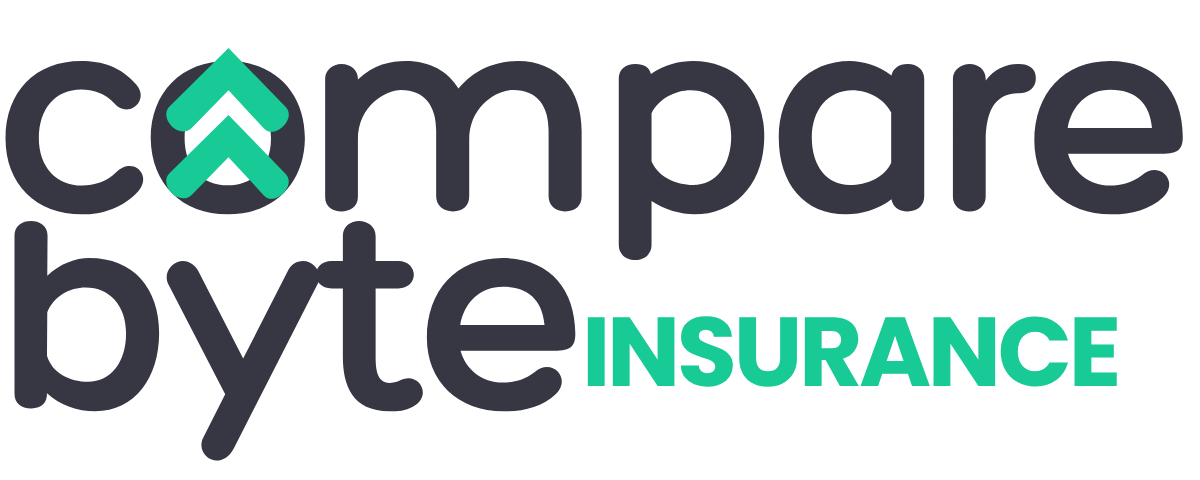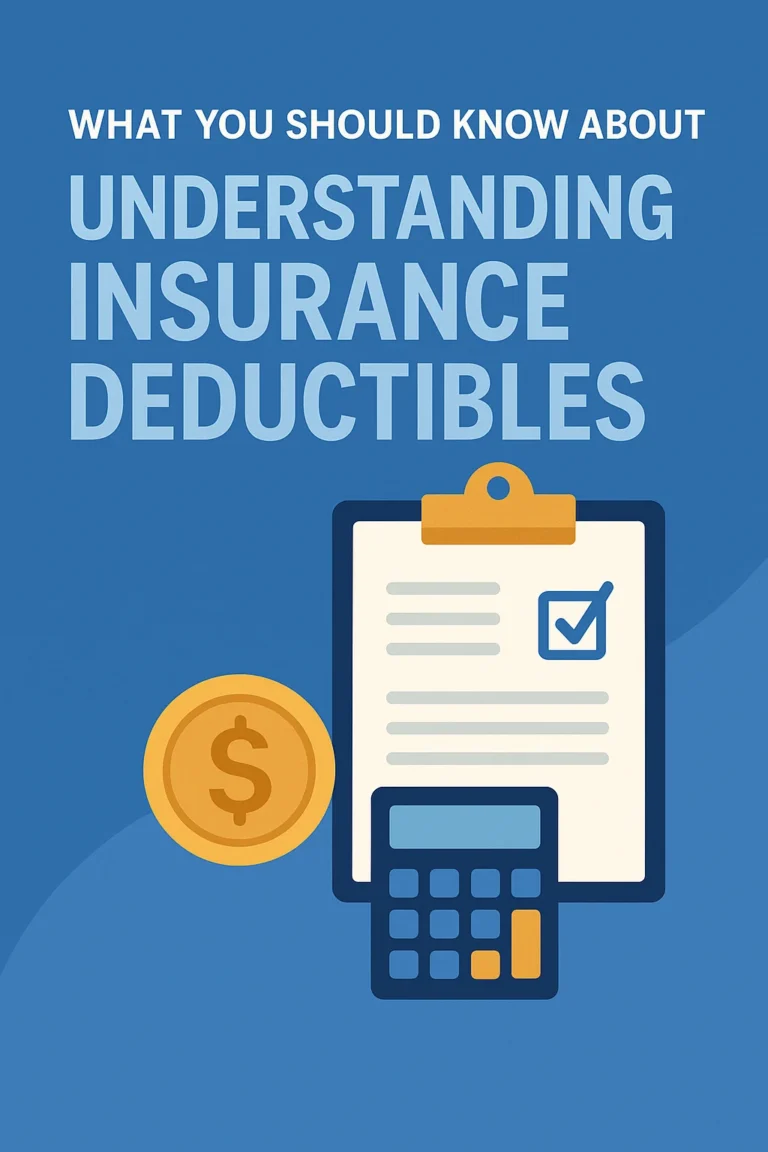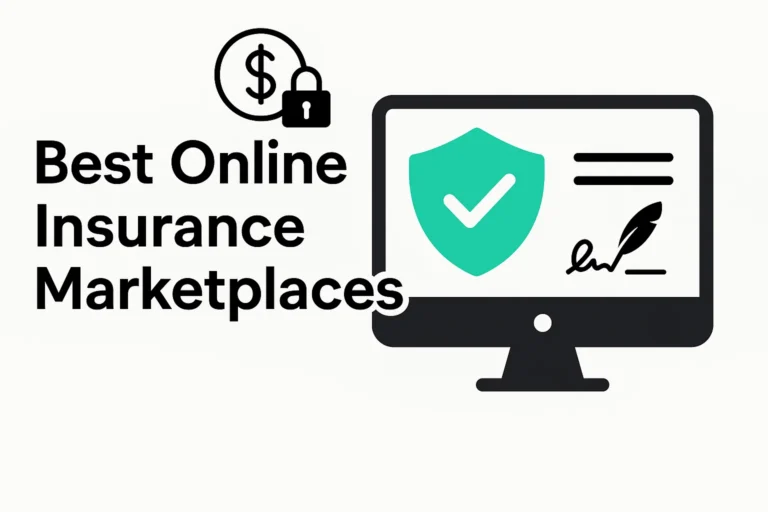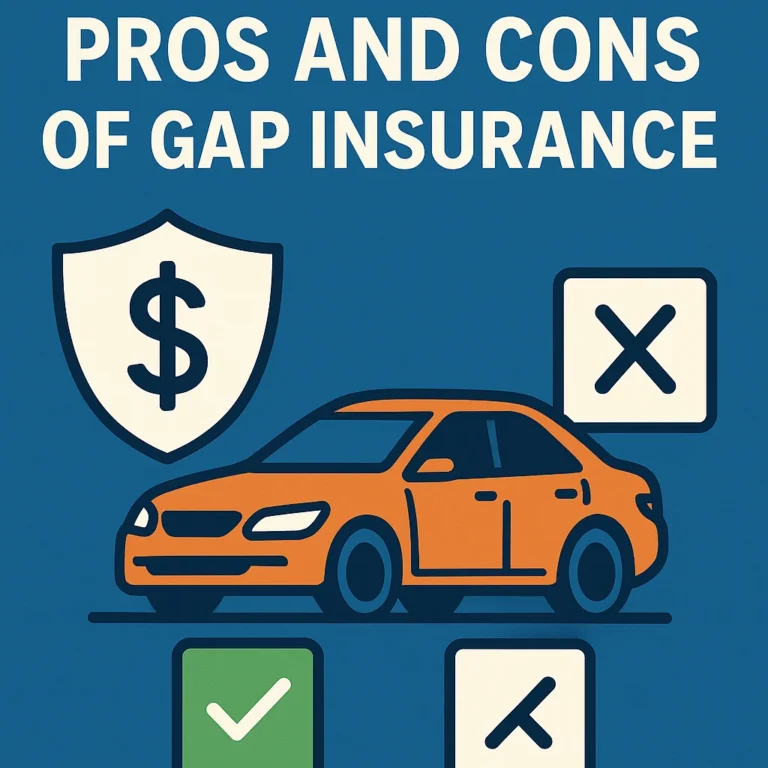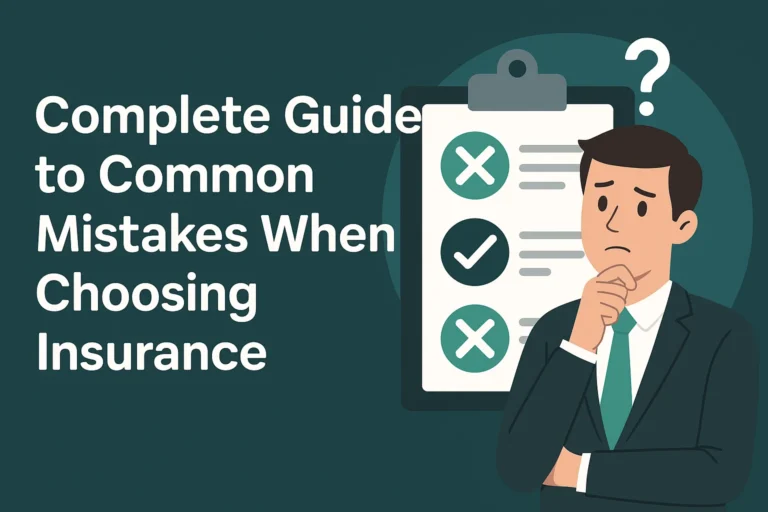In today’s digital-first world, insurance fraud has evolved to become more deceptive and technically advanced than ever before. From phishing emails to cloned websites and impersonated agents, millions are falling victim to fake insurance scams annually. Knowing how to distinguish between a genuine provider and a fraudulent scheme can save you from financial loss and legal troubles.
This comprehensive guide will help you understand the mechanics of insurance fraud and give you actionable tips to avoid being scammed. Whether you’re looking to buy life, auto, or health insurance, use this expert advice to safeguard your finances and personal information.
Understanding Fake Insurance Scams
Fake insurance scams occur when a criminal or criminal network sets up a fraudulent operation that mimics a legitimate insurance provider. These scams may involve fake policies, stolen identities, or falsified documents. The victim typically pays premiums thinking they are insured, only to find out there is no real coverage when they try to file a claim.
Scammers often prey on the uninformed, using high-pressure sales tactics and extremely low premium offers to bait victims. They might create websites that look strikingly similar to reputable insurers or pose as authorized agents over the phone or via social media.
The consequences of falling for a scam can be devastating. Not only do you lose your money, but your identity and personal data may be compromised. Worse, you may be left without coverage during a critical moment when you need it most.
Understanding the structure of insurance scams and recognizing red flags early on is the first step in prevention. Once you’re equipped with this knowledge, you can confidently evaluate any insurance provider or offer.
Top 7 Ways to Avoid Fake Insurance Scams
1. Verify the License of the Insurance Provider
Always check whether the insurance company is licensed in your state or country. Most governments have searchable databases for licensed insurance providers. In the U.S., use the NAIC Consumer Information Source to verify credentials.
2. Cross-Check the Agent’s Identity
If an agent contacts you, ask for their license number and cross-reference it with the company’s official directory. Never deal with anyone who refuses to provide this information.
3. Review the Company’s Digital Presence
Legitimate companies will have a professionally designed website, an active presence on social media, and publicly listed contact details. Be wary of cloned websites or domains with typos and unusual domain extensions (e.g., “.biz” instead of “.com”).
4. Be Skeptical of Too-Good-To-Be-True Offers
Scammers often offer insurance premiums that are suspiciously lower than competitors. If the price seems too good to be true, it probably is. Compare prices across multiple online insurance marketplaces to get an accurate sense of legitimate rates.
5. Avoid Unsecured Payment Methods
Never pay your premiums via wire transfer, cryptocurrency, or gift cards. Use only secure and trackable payment methods such as credit cards or direct deposit to an official company account.
6. Read the Fine Print
Always demand a copy of the policy and read it thoroughly. Look for terms, coverage limits, and the claims process. Scam policies often have vague language or unrealistic coverage promises.
7. Consult Third-Party Reviews
Use independent review platforms like Trustpilot or Better Business Bureau to gauge customer experiences. Be cautious of insurers with little or no online footprint.
Common Mistakes and Recommendations
Mistake #1: Not Checking Regulatory Databases
Failing to verify the insurer’s credentials is one of the top mistakes people make. Always consult your government’s insurance regulatory body before committing to a policy.
Mistake #2: Relying Solely on Referrals
While word-of-mouth is valuable, it’s not foolproof. Scammers sometimes plant fake reviews or testimonials. Always verify independently.
Mistake #3: Ignoring Unprofessional Communication
Poor grammar, overly casual tone, or lack of branded materials are red flags. Legitimate insurers follow strict professional communication standards.
Mistake #4: Rushing the Purchase
Scammers thrive on urgency. Take your time to compare options, read policy details, and ask questions.
Comparison Tables
| Feature | Legitimate Provider | Fake Provider |
|---|---|---|
| License | Registered and verifiable | Unregistered or fake |
| Payment Method | Bank transfer, credit card | Gift card, crypto, wire |
| Website | Professional and secure | Poor design or clone |
| Red Flag | Severity | Recommended Action |
|---|---|---|
| No license number | High | Report and avoid |
| Low premium with high promises | Medium | Compare with other providers |
| Unprofessional contact | Medium | Disengage immediately |
Frequently Asked Questions (FAQs)
1. How can I report a suspected fake insurance scam?
You can file a complaint with your national or state insurance commission. In the U.S., visit the NAIC website for more information.
2. Are online insurance providers safe?
Many online providers are legitimate, but always verify credentials and read reviews. Stick to well-known brands or licensed insurance marketplaces.
3. What if I already paid a fake insurer?
Contact your bank or credit card company immediately to dispute the transaction. Report the fraud to law enforcement and your country’s insurance authority.
Conclusion and Call to Action
Insurance is supposed to be a safeguard—not a source of stress. Unfortunately, scammers exploit people’s need for security to make quick profits. By staying informed, verifying credentials, and approaching each offer with caution, you can avoid becoming another statistic.
If you’re currently looking for a safe, reliable insurance plan, explore our guide on Top Insurance Comparison Platforms or check out What to Know Before Buying Auto Insurance to make informed decisions.
Protect your future—never compromise when it comes to your insurance provider. Stay safe, stay alert.
